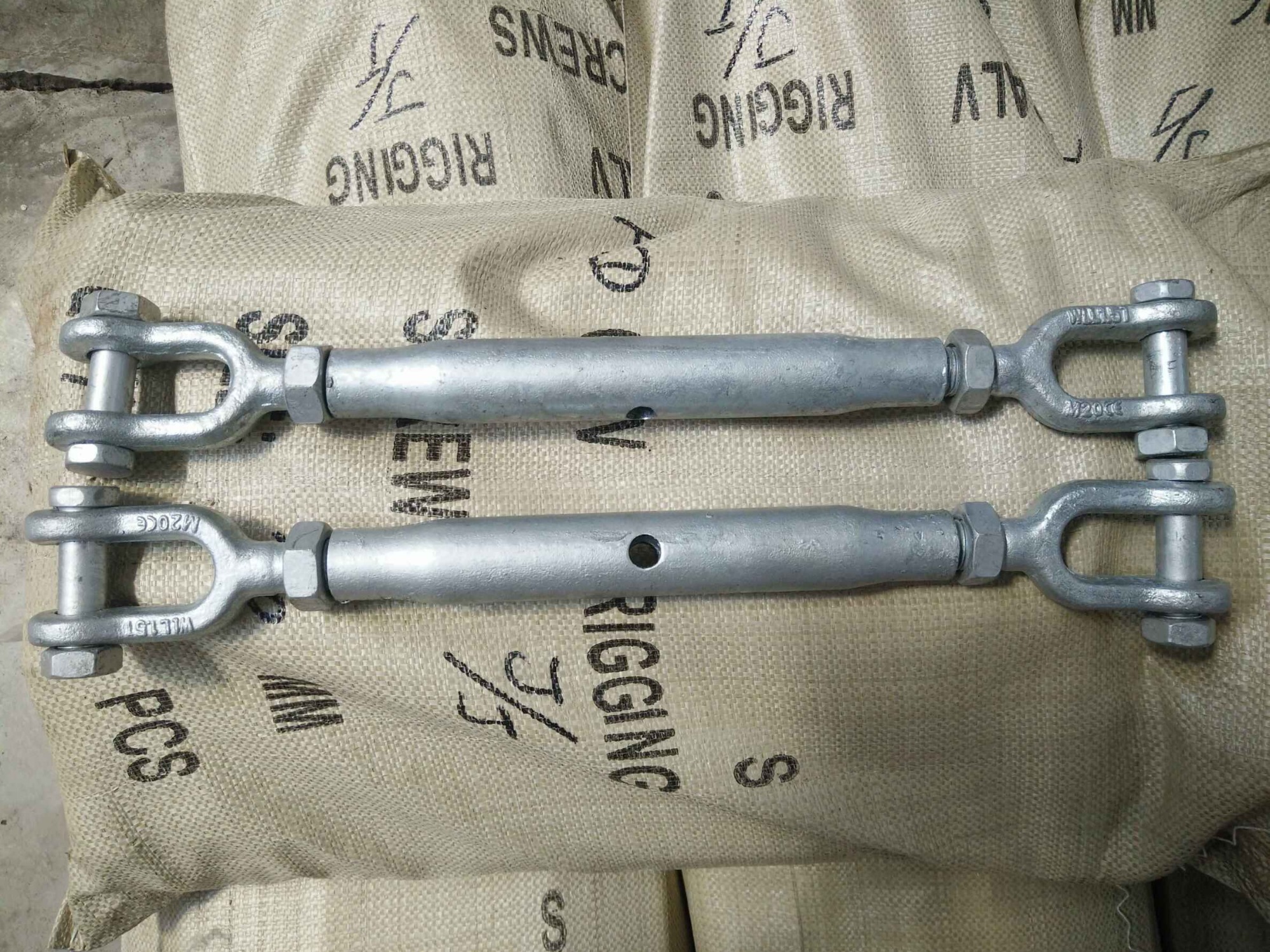A closed body turnbuckle, as the name implies, has a closed or sealed body construction. It typically consists of two end fittings, a threaded rod, and a tubular body enclosing the rod. The end fittings are often eye bolts, eye nuts, or hooks that allow for easy attachment to ropes, cables, or other tensioning elements.
The closed body design offers several advantages compared to open body turnbuckles. It provides additional protection to the internal threads and mechanisms, shielding them from external elements such as dirt, debris, and corrosion. The closed body construction also enhances the overall strength and durability of the turnbuckle.
DIN 1478 specifies the dimensional requirements for closed body turnbuckles, including the thread sizes, rod lengths, and the diameter of the tubular body. It also outlines the mechanical properties, such as the minimum breaking load and the maximum working load limit, to ensure the turnbuckles meet specific performance standards.
When selecting a closed body turnbuckle, it's important to consider the load requirements, thread sizes, material of construction (commonly steel or stainless steel), and the intended application. Following the manufacturer's guidelines and industry standards for installation, inspection, and maintenance is crucial to ensure safe and reliable operation.
Please note that while DIN 1478 provides specific standards for closed body turnbuckles, there may be other relevant standards or regulations applicable to your specific industry or region. It's always recommended to consult the appropriate standards and guidelines to ensure compliance and safety.



